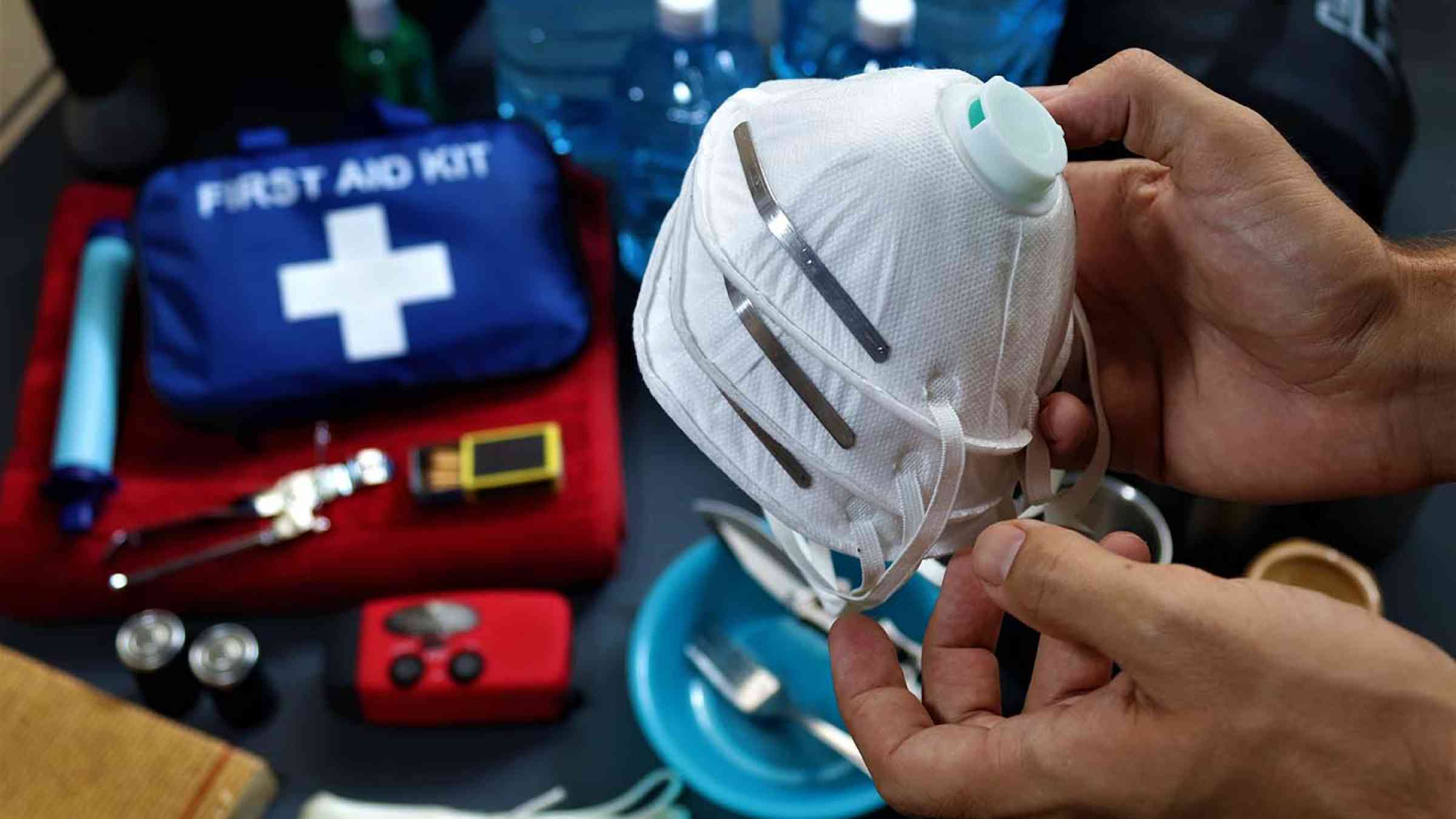How to make India pandemic proof

As COVID-19 abates, the question everyone is asking is: how ready is my country for the next pandemic? The speed with which the virus spread exposed the many weaknesses in the world’s health systems. No country was immune. Even those that ranked high in the Global Health Security Index struggled to mount a timely and effective response.
But Covid 19 has also created a chance for change and to build stronger health systems which are the core of better preparedness . The next pandemic may well be on the horizon. Climate change is giving rise to new pathogens, and zoonotic diseases are spilling over from animals to humans, causing over a million deaths each year. All the while, a silent pandemic is lurking – that of antibiotic resistance. The world is now acutely aware that the cost of preventing a pandemic is far lower than the cost of managing one. Clearly, the need of the hour is a holistic “One Health” approach that addresses the health of people, animals and ecosystems together.
India is one of the world’s first countries to come out with a clear game plan in this regard. In October 2021, India launched its flagship program to prevent, prepare and respond to pandemics. Since one of the key weaknesses during the COVID-19 crisis was the inadequacy of institutions and systems, the program - the Pradhan Mantri Ayushman Bharat Health Infrastructure Mission (PM-ABHIM) - seeks to fill the gaps at both the national and state level. Given the criticality of the initiative, it will need to be overseen at the highest levels
India has also moved forward on the One Health agenda by bringing several ministries – including health, animal husbandry, forests, biotechnology and others - under the Principal Scientific Advisor. This was one of the major shortcomings during the pandemic as, in most countries, the COVID-19 response was hampered by overlapping mandates and weak coordination between key institutions.
More recently, India laid the foundation for the National Institute for One Health in Nagpur. The institute will identify hotspots for endemic and emerging zoonotic diseases to contain their spread early on. Even so, success will depend how well these strategies are implemented on the ground.
India is expanding its network of research laboratories, which primarily focused on influenza, to cover all respiratory viruses and fevers of unknown origin.
The fact that thirty cities accounted for almost 80 percent of India’s reported COVID-19 cases shows how vulnerable urban populations are to the spread of disease. India is now augmenting surveillance in 20 cities, both large and small, with municipal corporations being mandated to identify the most vulnerable areas and provide early alerts. For this to be successful, however, private hospitals and clinics, which provide over 60 percent of India’s health care, will need to be brought under a common platform and the data placed in the public domain. The Ayushman Bharat Digital Health Mission can facilitate this.
In the villages, where people and livestock live in close proximity, the risk of cross-infections is greater. Here, strong partnerships will be needed with communities, dairy cooperatives and the privately-run poultry industry to identify new infections.
The rise of new pathogens has highlighted the importance of genomic surveillance for identifying the viruses in circulation. During the pandemic, India was able to create a formidable network of these institutions in a very short time. This can now be complemented with wider testing of wastewater and samples from incoming ships and aircraft. These surveillance systems will also need to be extended to other South Asian countries, as no country is safe unless its neighbors are safe.
What’s more, India is expanding its network of research laboratories, which primarily focused on influenza, to cover all respiratory viruses and fevers of unknown origin. Besides this, antibiotic resistance will have to be tracked and powerful awareness campaigns are needed to promote their rational use.
After the 2015 outbreak of Middle East Respiratory Syndrome (MERS), South Korea used mobile technology and Big Data to trace contacts and built strong capacity for diagnosis. The government also started semi-annual training sessions that simulated the spread of viral disease. India has begun these exercises too.
On a positive note, the pandemic brought out India’s strengths in the biopharma sector. Indian manufacturers produced vaccines, test kits, therapeutics, masks and other items at very competitive prices, both for India and other countries. Going forward, these partnerships between research bodies and manufacturers will need to be sustained and enhanced to make India a global hub in the sector. In this regard, the clinical trial network set up under the National Biopharma mission is a positive step toward improving access to affordable new vaccines and drugs both in India and around the world. Similarly, the Indian Council of Medical Research’s initiative to establish a bio repository for clinical samples will be a national and global asset
Given the importance of India’s efforts, the World Bank has recently augmented its support to the country’s health sector to a total of $3.5 billion. We are working with PM-ABHIM to build institutions and systems for preventing and responding to future pandemics. We are also helping improve the provision of primary health care by supporting the Ayushman Bharat Health and Wellness Centers under the National Health Mission at the center and in seven states.
The success of India’s efforts will be critical. For it is no longer a matter of ‘if’ there is another pandemic, but ‘when’.